東工大ニュース
東工大ニュース
「Tokyo Tech Bulletin(トーキョー テック ブリテン)」は、東京工業大学の研究成果やニュース記事、学生の活動などを紹介し国内外へ広く配信する英文メールニュースです。この度、Tokyo Tech Bulletin No. 74 が発行されました。
東京工業大学は2024年10月に東京医科歯科大学と統合し、東京科学大学(Science Tokyo)となります。Tokyo Tech Bulletin No. 74 は東工大から配信する最後のメールニュースとなります。準備が整い次第、Science Tokyoより新大学のニュースを配信する予定です。
今後、メールでの配信をご希望の方は申込フォームからご登録ください。
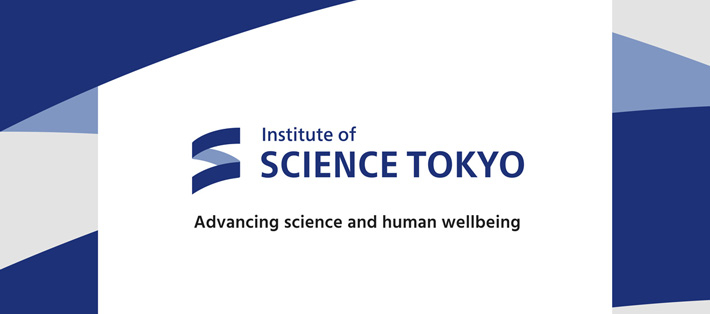
Tokyo Medical and Dental University and Tokyo Institute of Technology will merge on October 1, 2024, to form Institute of Science Tokyo (Science Tokyo).
The merging universities have created a special website, the Science Tokyo introductory website, which reveals the philosophy, logo, and other verbal and visual elements of the new university.

The Joint Meeting for Selection of Head of National University Corporation Institute of Science Tokyo decided on June 18, 2024 to nominate Naoto Ohtake, currently Professor and Director-General of the Institute of Innovative Research, Tokyo Tech, as the final candidate for the inaugural president of National University Corporation Institute of Science Tokyo.

GSIC at Tokyo Tech started operation of its next-generation supercomputer, TSUBAME 4.0, on April 1.The TSUBAME series of supercomputers at Tokyo Tech has long supported research and development in industry, academia, and government, both in Japan and overseas, as "everyone's supercomputer." The latest system, TSUBAME4.0, is now in operation at Suzukakedai Campus and makes extensive use of its GPUs, a feature of the TSUBAME series, and has achieved a 5.5 to 20-fold improvement in performance and ease of use while maintaining the continuity with the TSUBAME3.0 system.
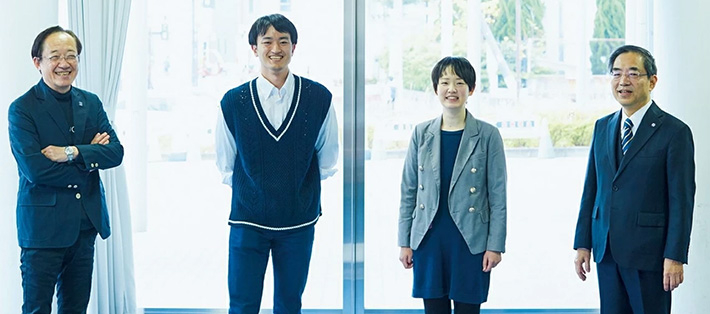
Tokyo Tech and Tokyo Medical and Dental University will merge in October 2024 to become Institute of Science Tokyo. Both universities have amassed numerous achievements and knowledge in the fields of science, engineering, medical and dental sciences. A round-table discussion with both presidents on research by students shows a glimpse of the cutting-edge research of those universities.
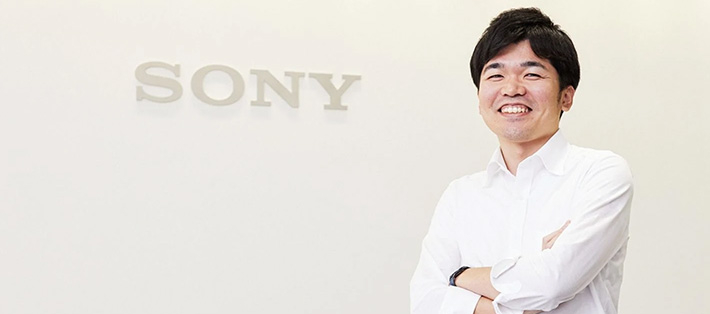
As climate change progresses and threatens the earth and our lives on it, Mr. Matsuura, who works for Sony Group Corporation, is tackling global challenges through the use of AI and sensing technologies. He is pursuing research on wheat growth sensing in Hokkaido. Looking back on his student days when he was immersed in device research, and forward to the present, he talked about his studies and experiences that are utilized in his daily work.
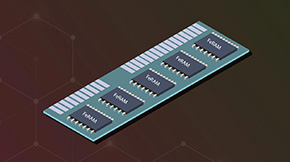
Aluminum scandium nitride thin films could pave the way for the next generation of ferroelectric memory devices, according to a new study from Tokyo Tech. Compared to existing ferroelectric materials, these films maintain their ferroelectric properties and crystal structure even after heat treatment at temperatures up to 600°C in both hydrogen and argon atmospheres. This high stability makes them ideal for high-temperature manufacturing processes under the H2-included atmosphere used in fabricating advanced memory devices.

Combining single-wall carbon nanotubes and poly nanosheets, researchers from Tokyo Tech have developed a novel bioelectrode material for wearable devices. This innovative material is stretchable, permeable to humidity, and conforms closely to the skin, making it ideal for prolonged use. This development addresses critical limitations of current bioelectrode materials, promising more comfortable and effective wearables for healthcare and fitness applications.
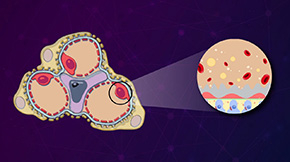
The absence of Adhesion G-protein-coupled receptor F5 (ADGRF5) led to significant changes in gene expression in glomerular endothelial cells, disrupting the structure and function of the glomerular filtration barrier, as discovered by researchers from Tokyo Tech and Kyorin University. Their study, employing genetic knockout and knockdown techniques in mice and human cells, elucidates ADGRF5's crucial role in barrier maintenance and proposes potential therapeutic approaches for glomerular diseases.
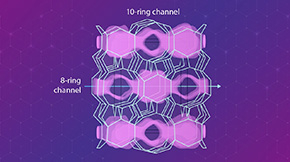
Direct oxidation of methane to methanol is dominated by transition- or noble-metal-based catalysts, thus making the reaction quite expensive. To make the process efficient and cost-effective, researchers from Tokyo Tech developed a transition-metal-free aluminosilicate ferrierite zeolite catalyst that can produce methanol by using methane and nitrous oxide as starting materials. The new catalyst ensures excellent methanol production efficiency, one of the highest recorded rates in the literature thus far.
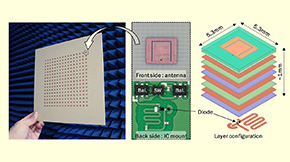
A novel 256-element wirelessly powered transceiver array for non-line-of-sight 5G communication, featuring efficient wireless power transmission and high-power conversion efficiency, has been designed by scientists at Tokyo Tech. The innovative design can enhance the 5G network coverage even to places with link blockage, improving flexibility and coverage area, and potentially making high-speed, low-latency communication more accessible.
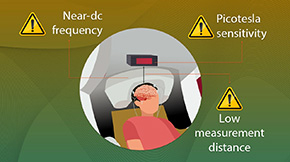
A highly sensitive diamond quantum magnetometer utilizing nitrogen-vacancy centers can achieve millimeter-scale resolution magnetoencephalography (MEG), as reported by scientists from Tokyo Tech. The novel magnetometer, based on continuous-wave optically detected magnetic resonance, marks a significant step towards realizing ambient condition MEG and other practical applications.

Genotypic convergence involving the loss of multiple genes required for gastric function could explain the evolution of different stomachless (or agastric) ray-finned fishes, according to a new study by Tokyo Tech researchers. Based on preliminary research identifying slc26a9 gene loss in agastric fishes compared to gastric fishes, the researchers further compared gene losses between agastric and gastric fishes to arrive at their findings, which revealed convergent gene losses and pseudogene-forming inactivations in agastric fishes.
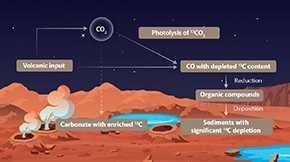
Organic matter on Mars may have been formed due to atmospheric processes rather than have biological origin suggests researchers at Tokyo Tech. Using photolysis experiments and theoretical considerations, researchers demonstrate that the organic matter in sediments is formed from carbon monoxide, which originates from the photodissociation of carbon dioxide in the atmosphere.
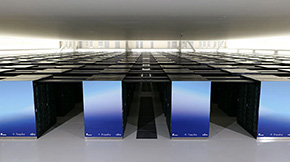
Large language model with enhanced Japanese language ability was developed using Japanese supercomputing technology. Distributed parallel learning by maximizing the performance of the supercomputer "Fugaku". Commercial use is permitted, which will lead to innovative research and business applications such as AI for Science.
Tokyo Tech Bulletinは英語で配信を行っていますが、コンテンツは一部を除いてすべて日英両方で掲載しています。